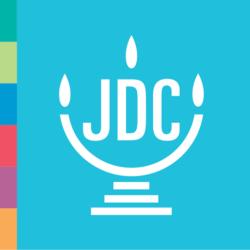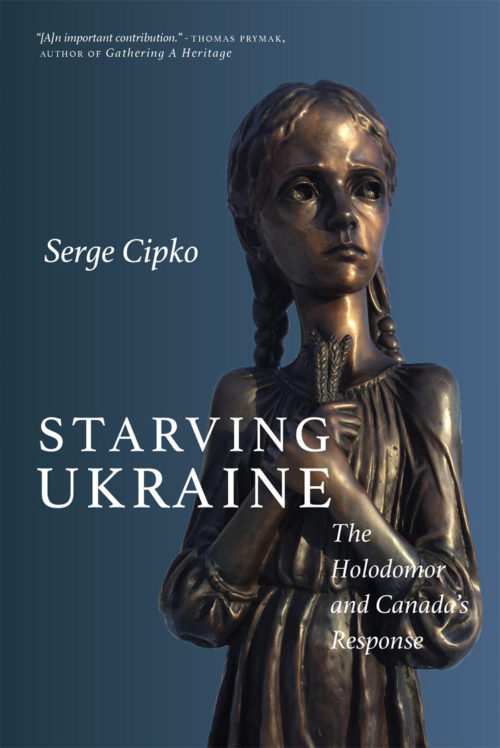The next meeting of the North American Conference on British Studies will be held in Providence, RI on October 25-28, 2018.
Theme: “Altruism and its Discontents: Human Rights, Humanitarianism, and Development.”
The deadline to apply is February 15, 2018.
From the NACBS description:
This workshop will explore human rights, humanitarianism, and development in the modern period, c. 1800-2000, through the prism of “altruism.” While usually treated separately, each of these areas of endeavor grapples with often competing interests in projects aimed at improving the lives of others, some altruistic, others less so. We seek papers that engage critically in human rights, humanitarianism, or development, with special consideration for those positioned at their intersections. What has been the relationship between humanitarianism and discourses on human rights and how has it changed over time? How do we explain the dynamics of imperialism, internationalism, and foreign intervention? Humanitarian intervention and development? Or, empire, decolonization, and “development” projects? Where were projects made and unmade and how? What were their costs and who bore them? Where did these discourses or projects fit within anti-colonial resistance or in the civic life of post-colonial societies? While our emphasis is on British engagement in the world, we welcome equally papers that examine the reception of these projects among local populations and/or that put British actors in comparative or international context.












